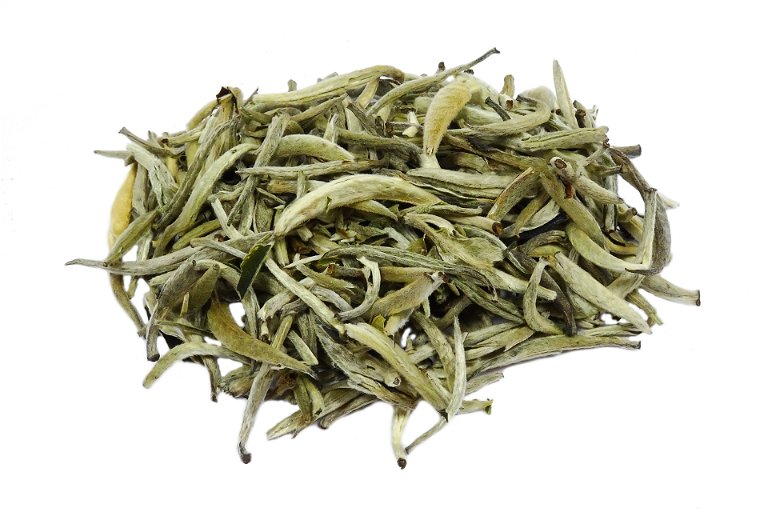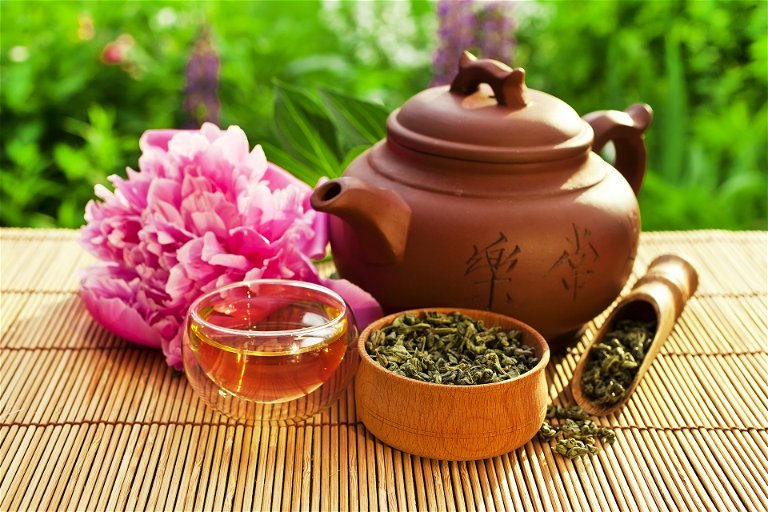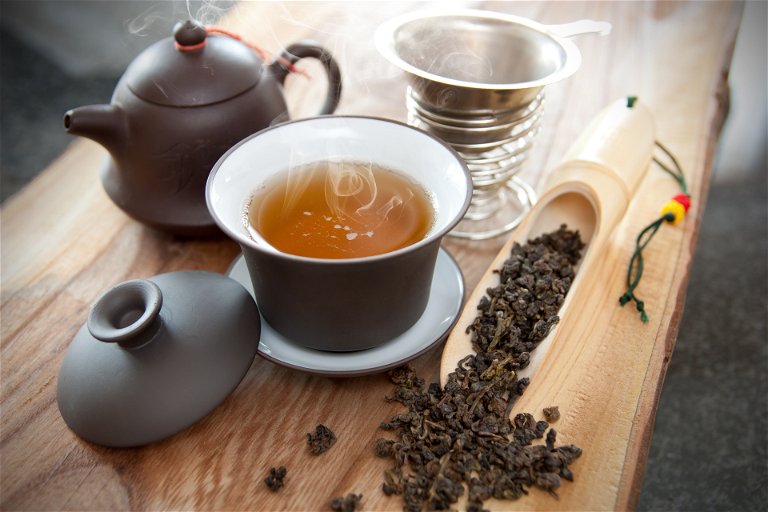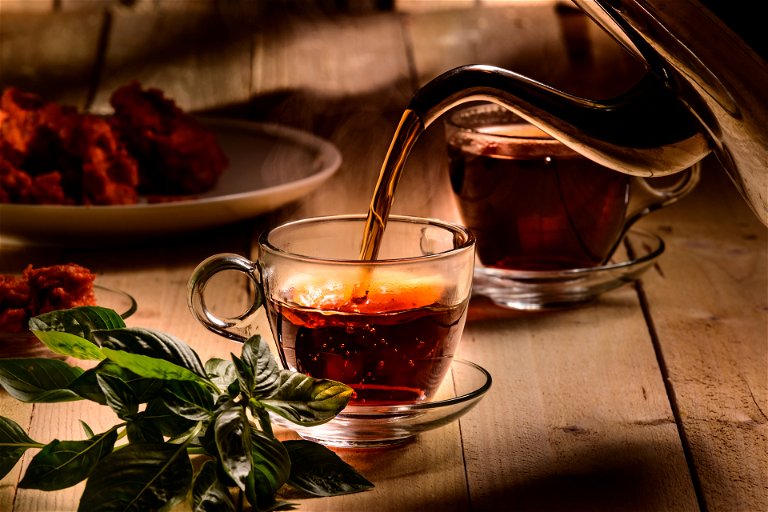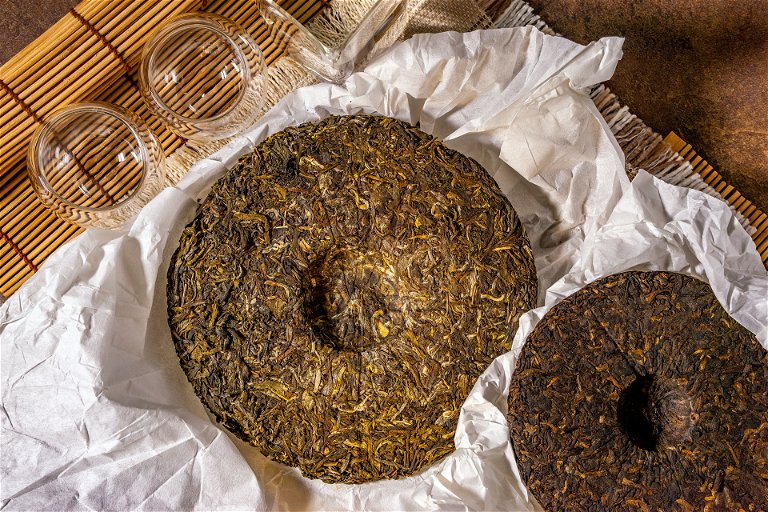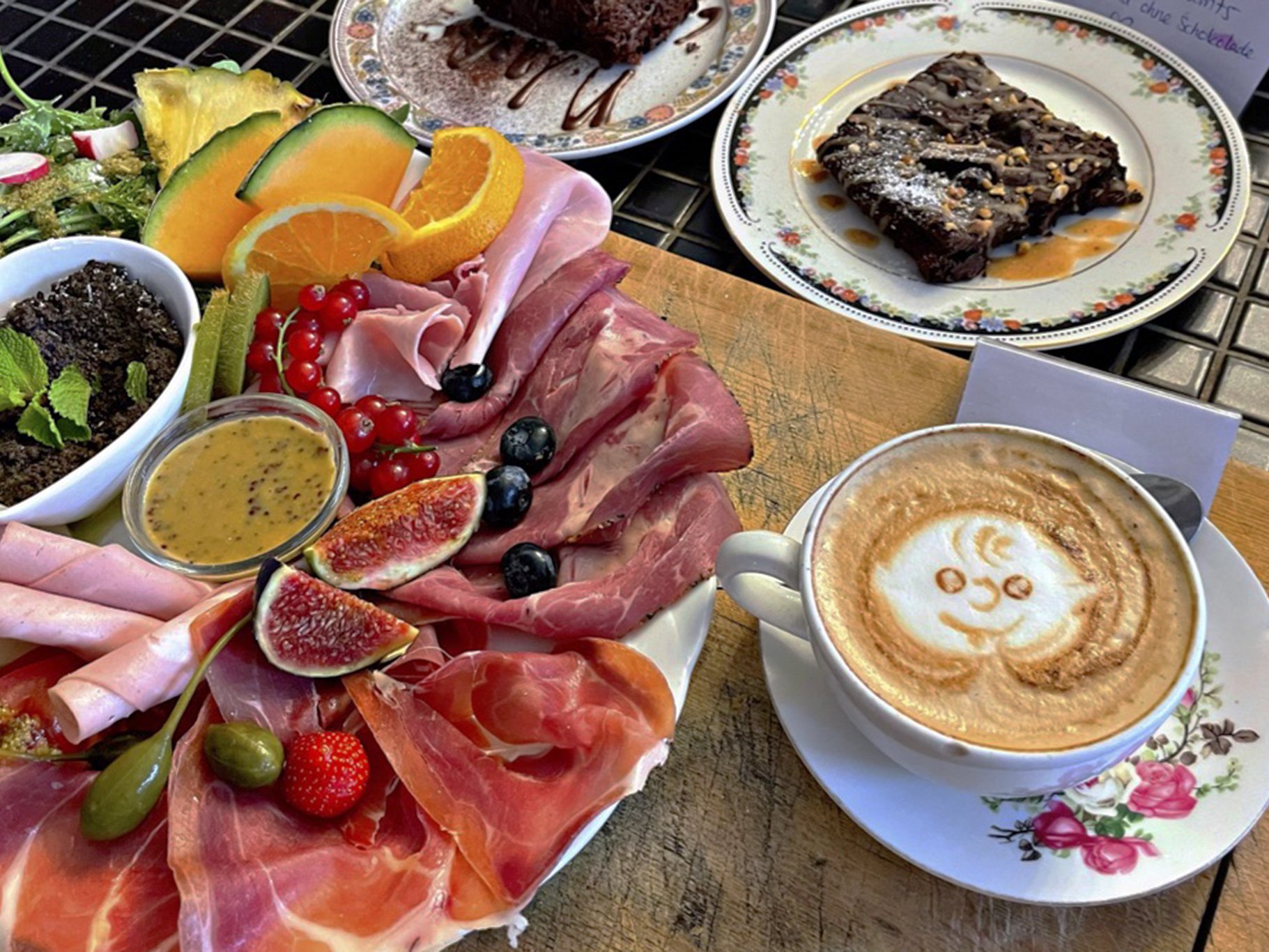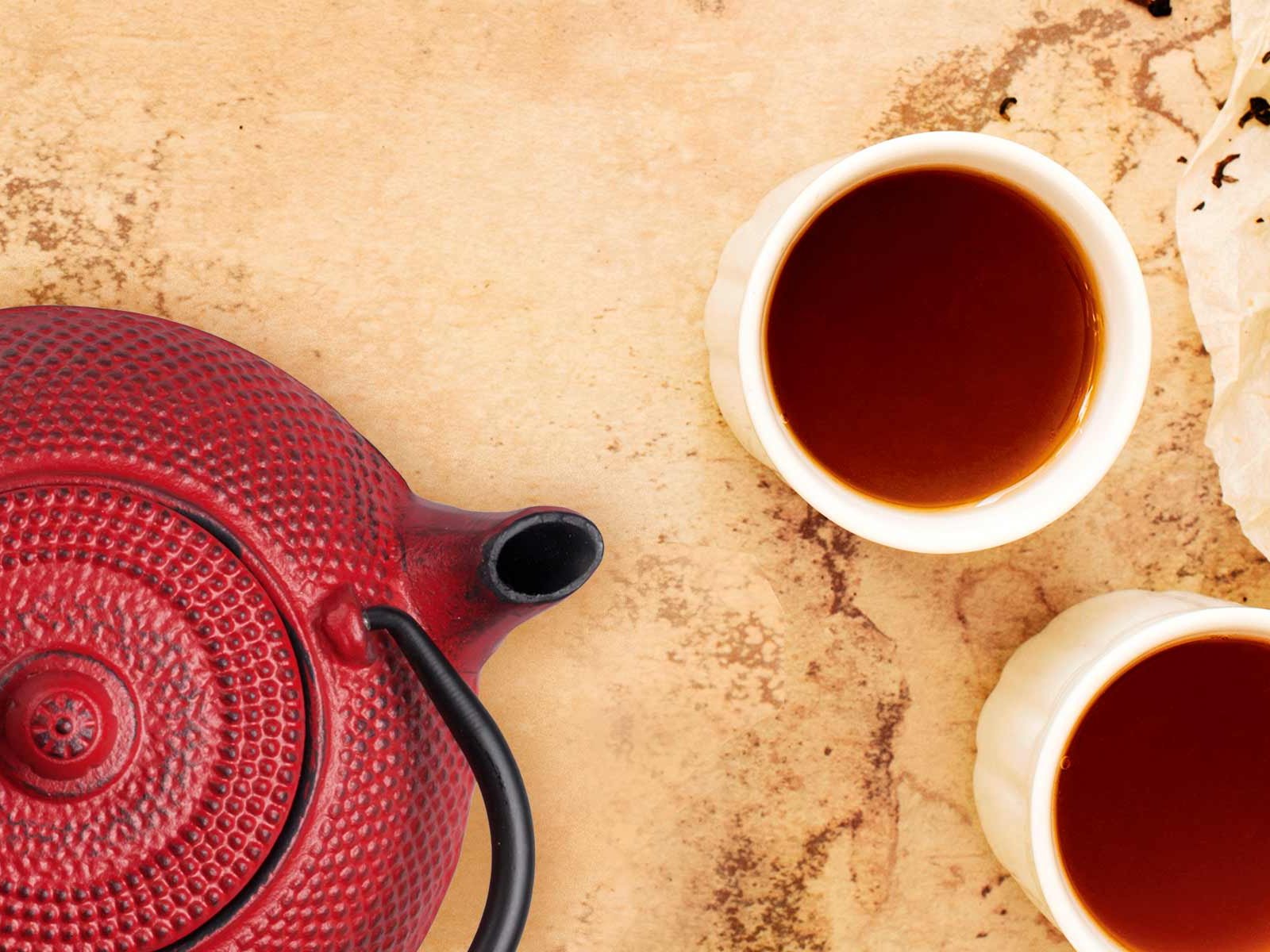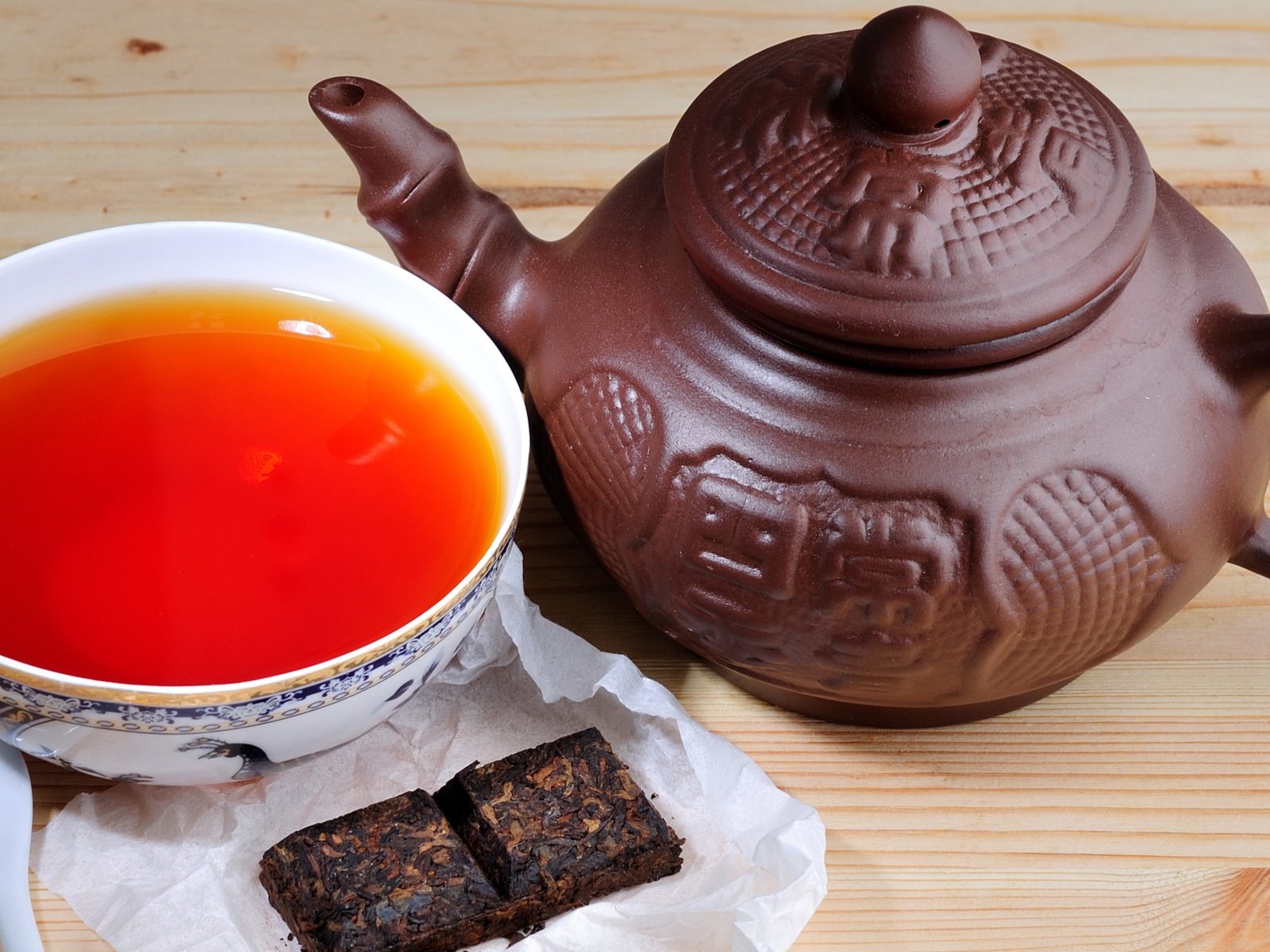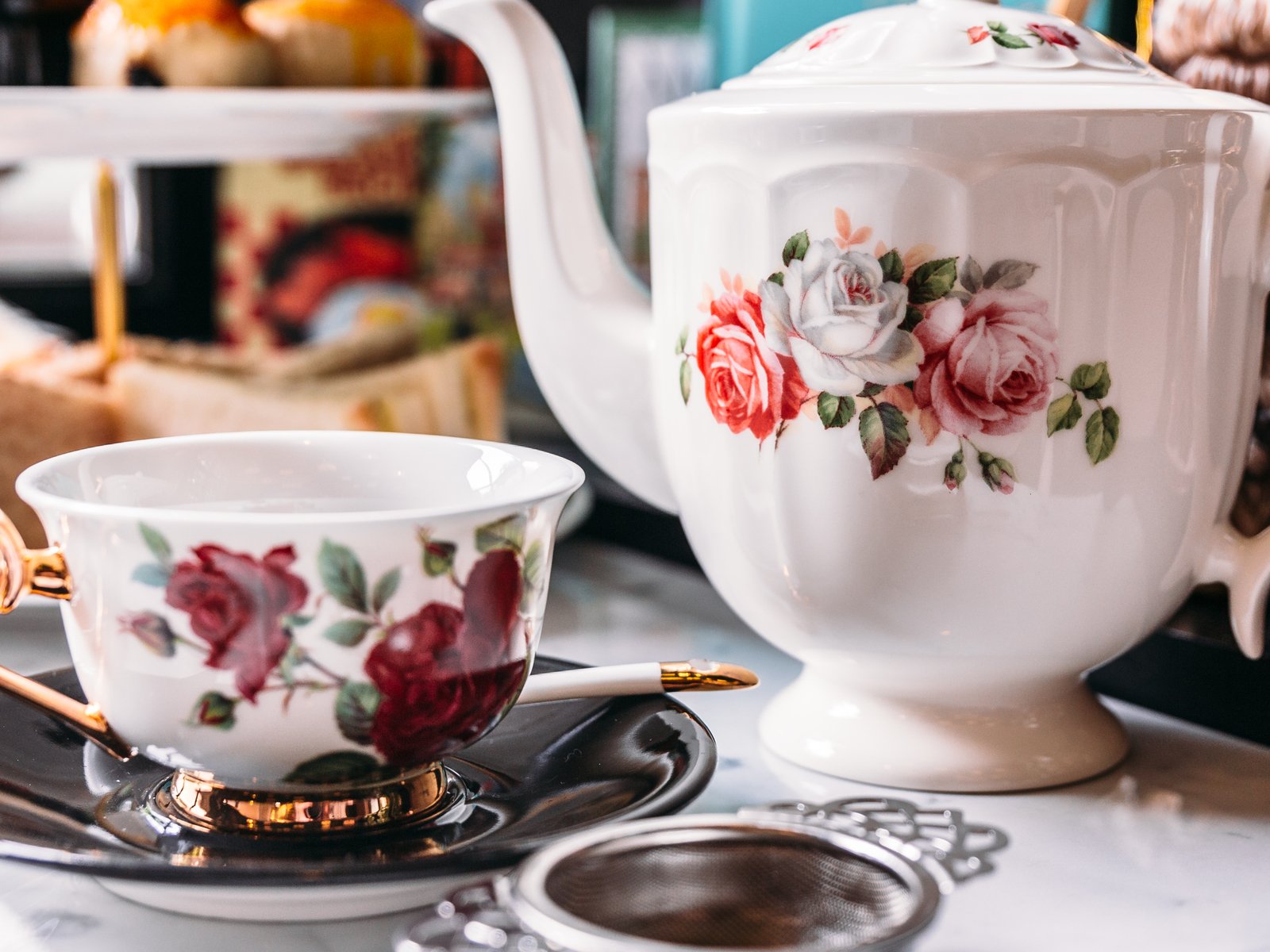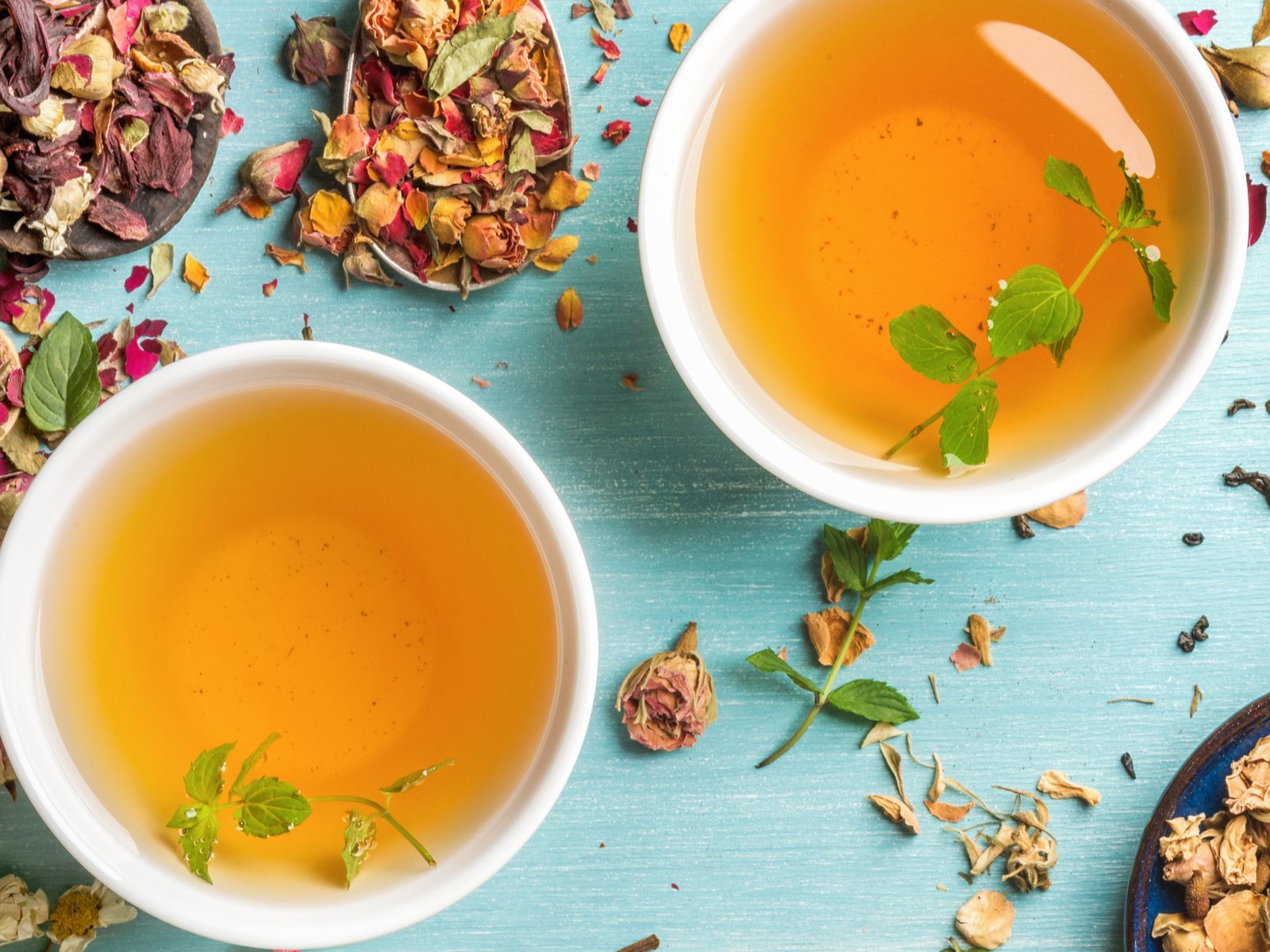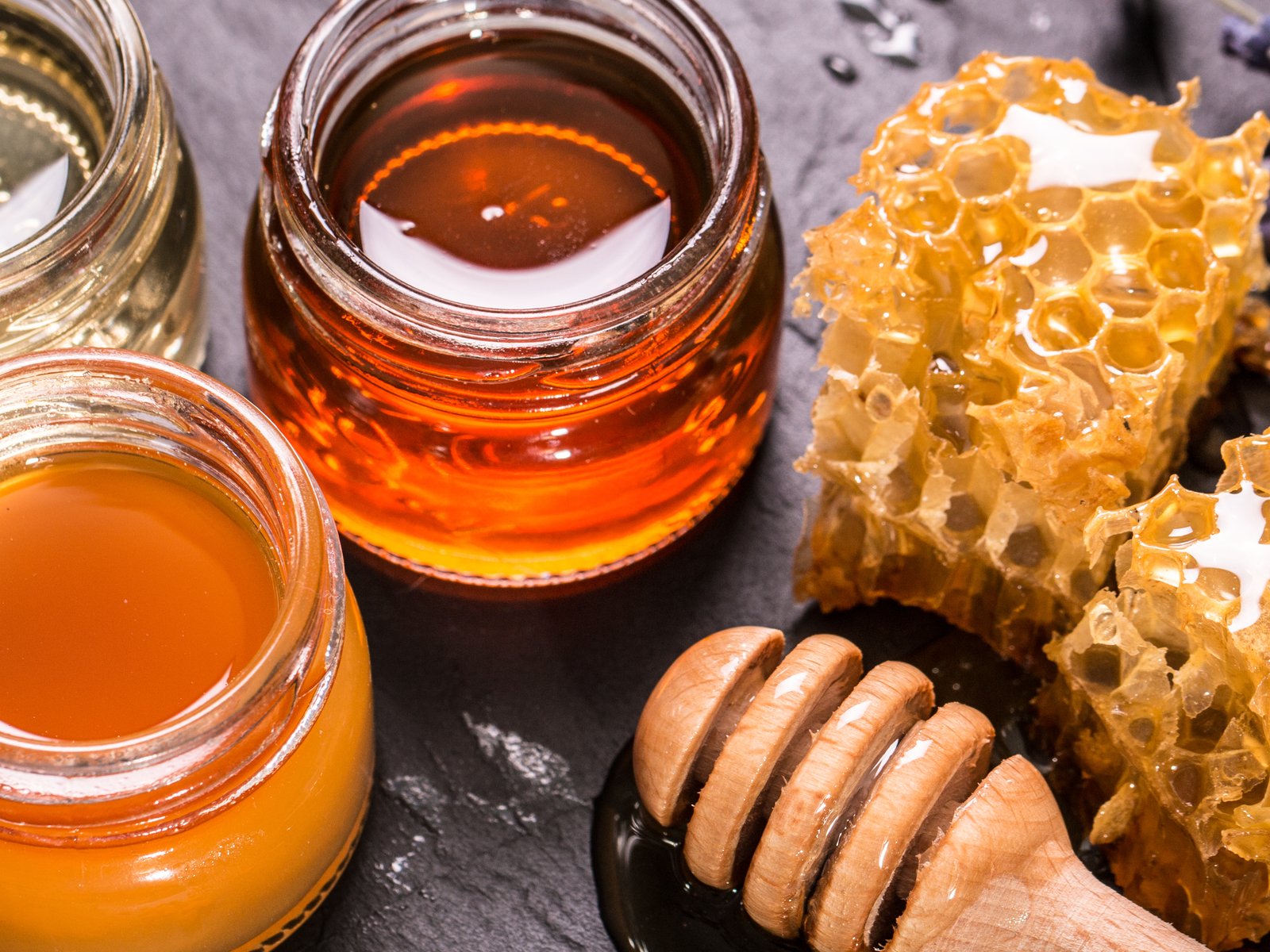A Colour Coded Guide to Tea
There are literally thousands of teas around the world, but traditional tea can be broken down into six main colour categories. Find out where your favourite brew fits.
The world of tea can be just as fascinating as the world of wine. Both are living products with flavours that evolve over time and a sense of place, or terroir. But when it comes to tea, there are six main colour-coded categories.
White Tea
Yellow Tea
Green Tea
All tea leaves start off green but green tea keeps its colour because heat is applied to the leaves soon after they are plucked. They are then rolled or pressed to develop flavour. Chinese green tea is commonly heated by ‘panning’ (dry heat), and Japanese green tea is normally ‘steamed’ (wet heat). As a result, the latter will tend to have a brighter green hue in the cup and more umami flavours.
Blue Tea
In China, this category is traditionally called Chīng cha (Ching means blue-green) because of the colour of the dried leaves. The French took the direct translation, calling it “blue tea”. Nowadays, this category is commonly known as Oolong. This tea is partially oxidised, sitting between green tea and black tea in colour. The baking process that is commonly used towards the end of the production makes Oolong tea famed for its toasty notes.
Red Tea
Outside China, red tea is called “black tea”. This is fully oxidised tea so the dry leaves are black but the tea liquid has a reddish tone. This is by far the most popular category in the West and many different types of machines are used to make the tea commercially, such as large rolling machines that replicate hand movements or CTC machines to cut, tear and curl the leaves to produce small tea particles for teabags.
Dark Tea
Slightly confusingly, this is called “black tea” in China and the most renowned in this category is Pu-erh. Dark teas were originally made around the 10th century Historically, Pu-erh tea was a green tea made in Yunnan Province in southwest China. It was compressed into cakes and transported to Tibet. During those long journeys, temperature and humidity fluctuations saw the tea begin to ferment on route. Its colour becomes very dark and it develops distinct earthy aromas and flavours. This fermentation can now be managed in a more controlled way, yet the countless nuances created by the natural fermentation process and the way it evolves over time makes Pu-erh one of the most valuable teas for collectors.

